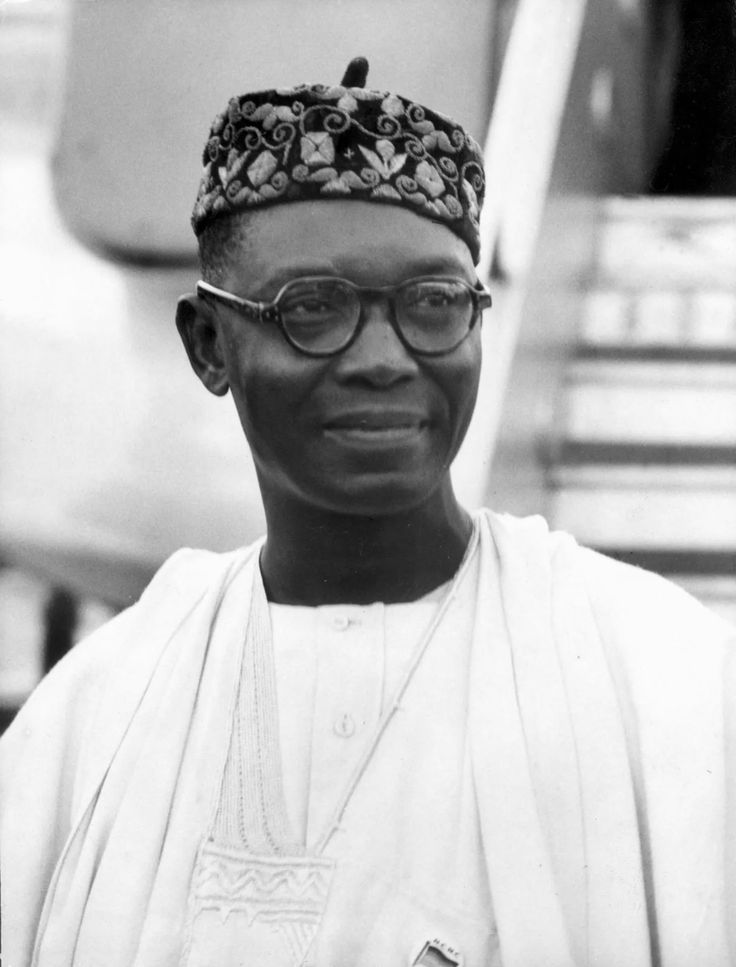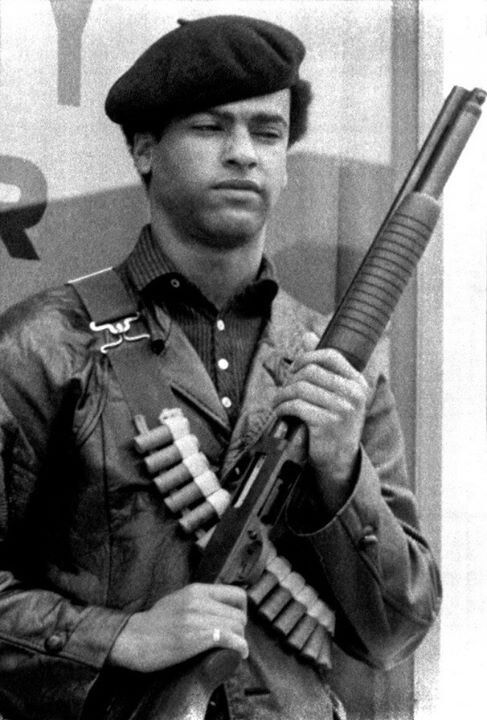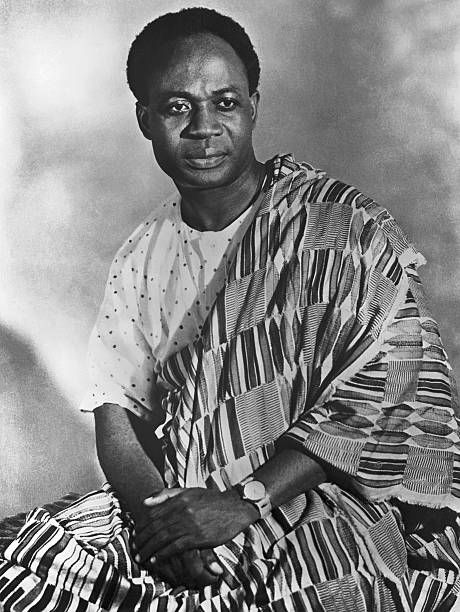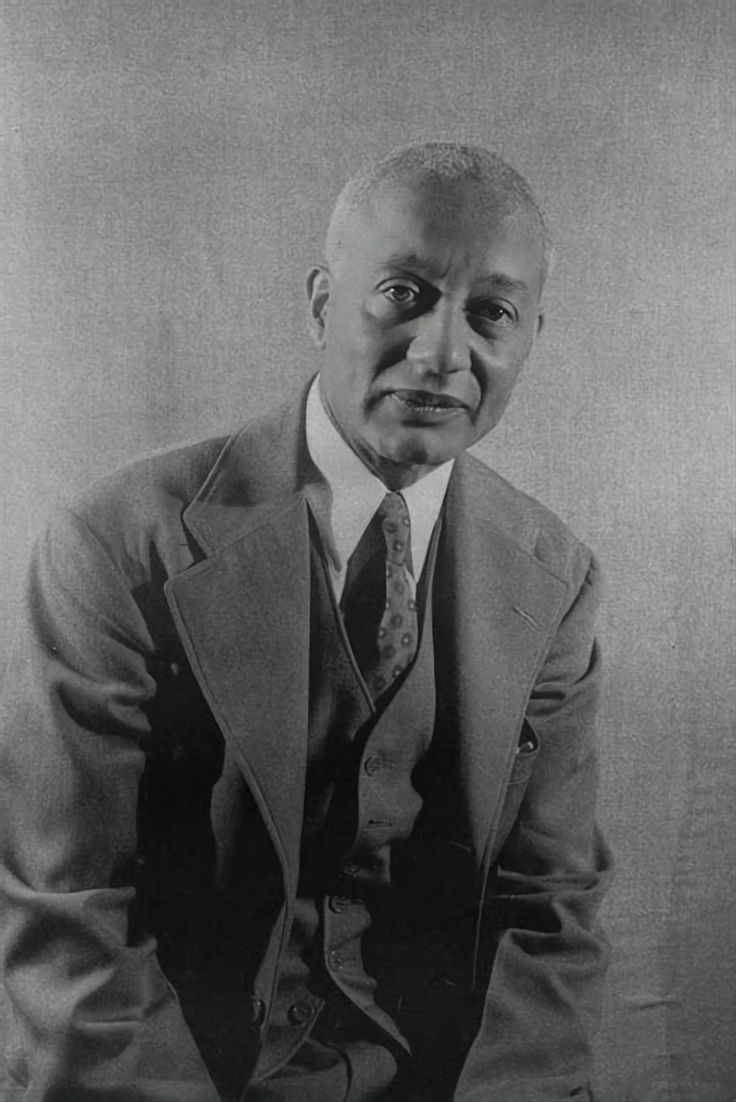I suspect that some of you may queston the first sentence in this section. 'Is it that serious? There is no way our very lives are on the line; there is no way that we endanger our family when we do not actively work as a collective to overcome structural disadvantage.' Here is an expcerpt from a book that I started writing last year. I invite you to cirtique my research and judge for youselves-
"Now, let’s consider the environment in which NPHC organizations were founded: the United States from 1895 to 1921.
The Historical Context of Racial Terror
During this time, Black Americans lived under the constant threat of violence, subjugation, and systemic oppression. Daily life as a Black person meant you could literally be kidnapped and enslaved at any point without recourse. Any European could assault, insult, and degrade you with the full backing of the government and the law. Any sign of asserting your humanity could result in torture, mutilation, and public execution. This violence wasn’t limited to the individual—it extended to entire families and communities. The destruction of neighborhoods or even towns was a stark reality for those who refused to accept the unacceptable.
The rise of the Ku Klux Klan and other Euro supremacist groups sought to violently and mercilessly reverse any gains made by Black Americans during Reconstruction. This wasn’t just an abstract threat; it was a weight that every Black person felt viscerally and tangibly. Black families lived under the constant specter of lynchings, often carried out as public spectacles that drew crowds numbering in the thousands. These acts of terror were designed to enforce submission, deny dignity, and eliminate any hope of equality.
Examples abound:
Plessy v. Ferguson (1896)
Significance: This Supreme Court decision upheld the constitutionality of racial segregation under the doctrine of “separate but equal.” In reality, this led to widespread subjugation of Black Americans through inferior education, housing, transportation, and public facilities.
Purpose: To legally enforce second-class citizenship for Black people and normalize systemic inequality.
Wilmington Insurrection and Coup (1898)
What Happened: In Wilmington, North Carolina, a white mob overthrew the elected, multiracial local government, killing an estimated 60 to 300 Black residents. Black-owned businesses and newspapers were destroyed.
Purpose: To dismantle Black political power and economic progress in the South and reinforce white dominance.
The Springfield Race Riot (1908)
What Happened: In Springfield, Illinois, a mob lynched two Black men and attacked Black neighborhoods, killing seven people and displacing thousands. The trigger was an accusation against a Black man who was later proven innocent.
Purpose: To terrorize Black communities and limit their upward mobility, even in Northern states.
Atlanta Race Riot (1906)
What Happened: False allegations of Black men assaulting white women led to a mob killing dozens of Black people, injuring hundreds, and destroying Black-owned businesses in Atlanta, Georgia.
Purpose: To curtail Black prosperity and enforce racial segregation in urban centers.
East St. Louis Massacre (1917)
What Happened: A labor dispute escalated into a racial massacre, with white mobs killing an estimated 100 Black residents and burning entire Black neighborhoods to the ground.
Purpose: To suppress Black economic competition and intimidate Black workers during the Great Migration.
Tulsa Race Massacre (1921)
What Happened: White mobs attacked the prosperous Black community of Greenwood in Tulsa, Oklahoma, often called “Black Wall Street.” Over 300 Black residents were killed, and the neighborhood was obliterated.
Purpose: To destroy symbols of Black success and independence that challenged white supremacy.
Lynching Epidemic
What Happened: Between 1895 and 1920, thousands of Black people were lynched across the United States, often for trivial or fabricated offenses. These lynchings were public spectacles, with thousands attending to witness and participate.
Examples:
Sam Hose (1899): Accused of killing his employer in Georgia, Hose was tortured, mutilated, and burned alive before a crowd of over 2,000 people.
Mary Turner (1918): A pregnant Black woman in Georgia was lynched for protesting her husband’s lynching. She was brutally killed, and her unborn child was also murdered.
Purpose: To terrorize Black communities, enforce racial hierarchy, and deter resistance or progress.
Red Summer of 1919
What Happened: A wave of racial violence swept across the U.S., with white mobs attacking Black communities in over 25 cities, including Chicago, Washington, D.C., and Elaine, Arkansas.
Purpose: To suppress Black political and economic progress after World War I, as returning Black veterans sought equality and challenged racial oppression.
Disenfranchisement Campaigns
What Happened: Southern states systematically disenfranchised Black voters through poll taxes, literacy tests, and grandfather clauses, which disproportionately targeted Black citizens.
Examples: Mississippi’s 1890 Constitution set the template for other Southern states to strip Black citizens of voting rights.
Purpose: To eliminate Black political influence and institutionalize white supremacy.
Segregation and Anti-Black Labor Practices
What Happened: Black workers were often excluded from labor unions, relegated to the lowest-paying jobs, and fired first during economic downturns.
Examples: Sharecropping and debt peonage kept Black farmers in near-slavery conditions, especially in the South.
Purpose: To maintain economic dependency and prevent Black families from building generational wealth.
The Elaine Massacre (1919)
What Happened: In Arkansas, Black sharecroppers organizing for fair wages were attacked by white mobs and law enforcement. Hundreds of Black residents were killed in the ensuing massacre.
Purpose: To suppress labor movements and punish any efforts by Black communities to seek equality or justice.
Race-Based Convict Leasing
What Happened: Black men were disproportionately arrested for minor or fabricated crimes and sentenced to hard labor in the convict leasing system. Companies and governments profited from their unpaid labor.
Example: Alabama’s convict leasing program targeted Black men to replace the free labor lost after slavery.
Purpose: To reimpose slavery-like conditions under a legal guise.
Let me take a moment to explain convict leasing further. Slavery and exploitation have always existed in the human condition. However, chattel slavery is a unique and most extreme form of slavery invented by European colonizers. To deny the humanity of people for murderous conquest and profit produced outcomes from this form of slavery worse than anything ever seen in human history. In my research, I discovered that the last chattel slave in the United States was freed in 1942. Yep, 1942. You can find an analysis of this historical record in my article "1942? Really? Tired of Being Lied To."
Here’s the point: A slaver, having paid hundreds of dollars for a person, had a financial interest in at least keeping that person alive long enough to "recoup that investment" (capitalism). Now imagine a poor white wannabe slaver being able to rent a neo-slave from the state for $12 per month, with no obligations of care or humane treatment and the ability to simply rent a new one the next month if the first one(s) turned out to be defective and unable to survive the workload (capitalism at its most depraved).
This environment was not just hostile—it was overtly murderous, seeking to subjugate, dehumanize, and condemn Black families to lives of servitude and suffering. In such a world, preparation for survival was not optional. It was essential.
The Purpose of NPHC Organizations
Some might ask, “But what does a feel-good fraternity or sorority have to do with survival?”
This is where I condem the ignorance of those members who have not learned the true value of NPHC organizations. These are not clubs. They were never intended to be. As I discuss in my article “As an African, Why Go Greek?”, these organizations were created to teach Black men and women how to thrive in a European-dominated society designed to oppress them. Traditional African communal organizations were not built with the realities of scarcity, subjugation, and dehumanization in mind. It would be a mistake—and an insult—to try to force them to interact with these colonial frameworks.
Instead, we took the tools of the oppressors and bent them to serve our purpose. NPHC organizations became training grounds—a sort of “bootcamp”—to prepare us for survival in economic, legal, and social systems built to ensure our suffering. These organizations instilled discipline, leadership, and resilience, providing their members with a network of support that often made the difference between success and failure in a hostile world."




